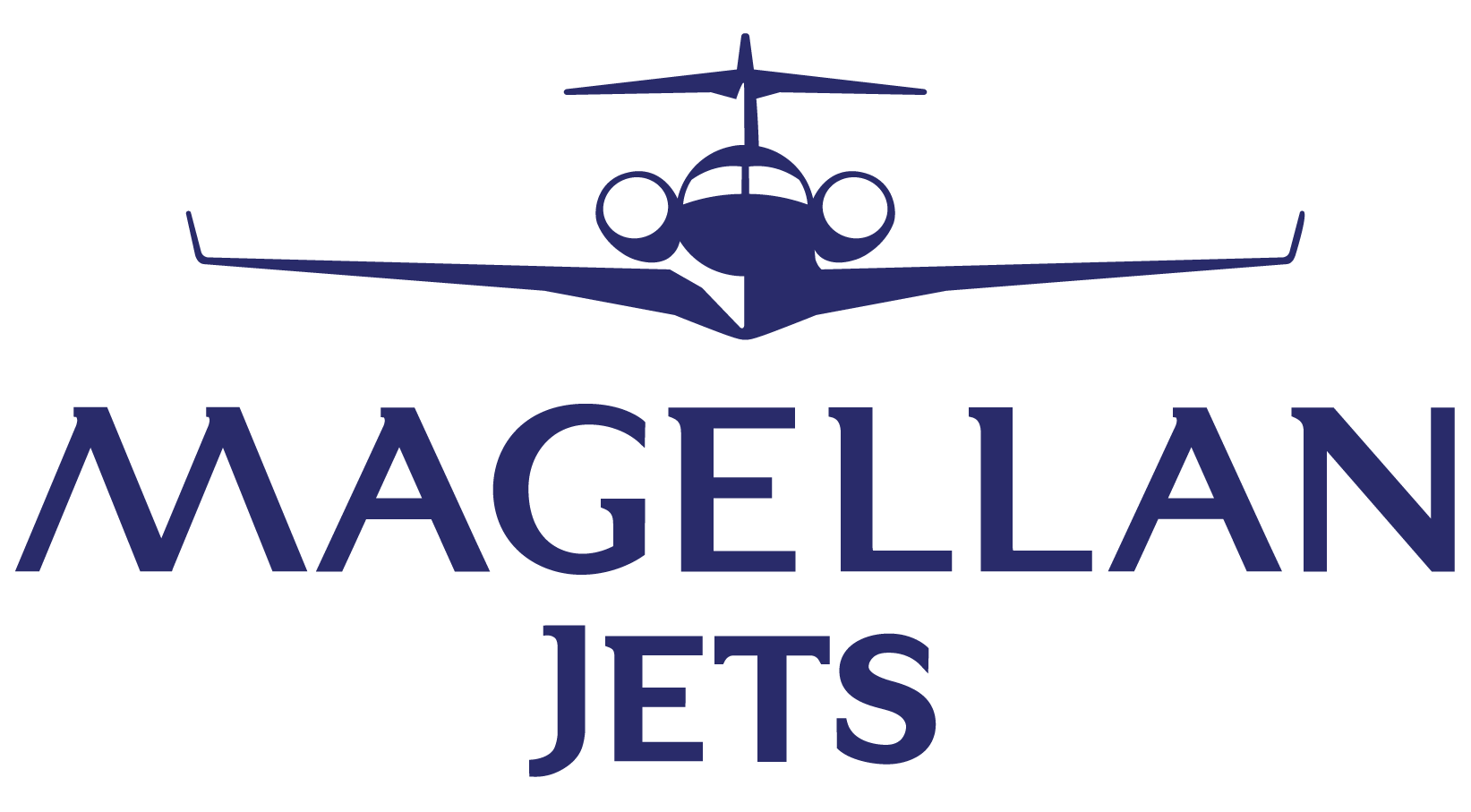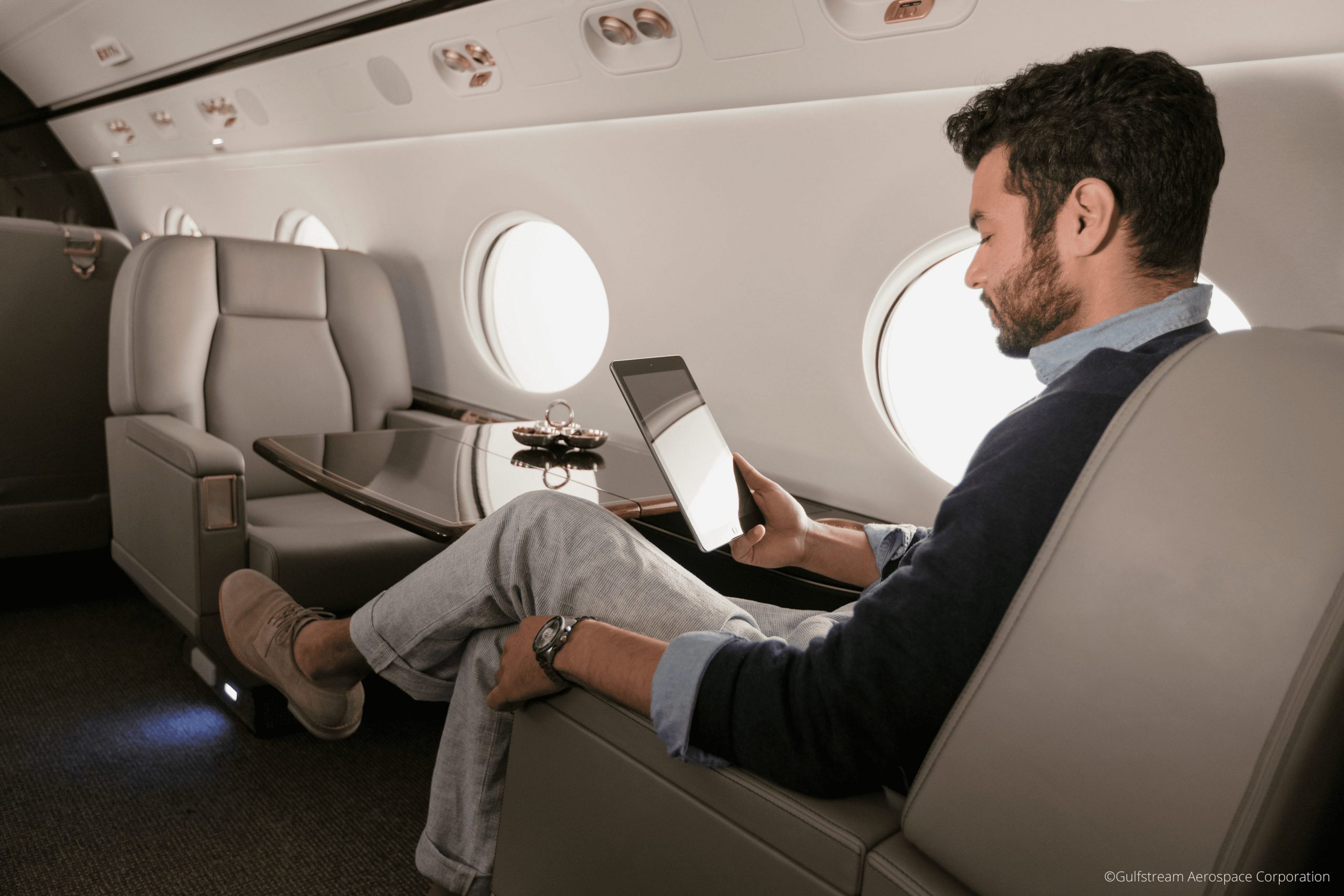In recent years, overflight routing opportunities above Cuba have slightly changed. It is important that flights flown for business purposes, charters, and even corporate aircraft are aware of current permit requirements and air way options. While obtaining a Cuban Overflight Permit is a generally basic process, here are a few tips for private jet travelers to make the procedure even more seamless.
1. Are overflight permits required for Cuba?
Overflight permits are necessary for private non-revenue and charter (non-scheduled commercial) flights on most routes. Permits are valid for the Zulu day requested, and operators may overfly Cuba using any valid airway. The only notable Cuba permit change in recent years has been that Cuban authorities no longer apply the three “corridors” that were used in the past to transit north and south. There are now certain routes through Cuban airspace where overflight permits are not required. These include B646, UB646, B879, UB879, G765, UG765 and B764 or UB764.
2. Are there restrictions in east-west or west-east overflights?
Now that flights do not have to follow one of the “corridors” that were previously in place, it’s possible to overfly Cuba east-west (or vice versa). While operators now have access to east-west and west-east overflights on approved airways, keep in mind that use of J-routes will not be permitted by Cuban Air Traffic Control (ATC).
3. Are permits processed using a call sign or an aircraft tail number?
Crews will need to use their call sign when transiting Cuban airspace if the permit was obtained using a call sign. The same is applied to permits obtained using a tail number. It’s important to be consistent in permit filings. When making permit revisions with the Cuban Civil Aviation Authority (CAA), always use the aircraft reference (either call sign or tail number) that was submitted on the original permit request and be sure to include a complete schedule from the original request.
4. What are lead time requirements?
According to the Cuban aeronautical information publication (AIP), a lead time of 48 hours is required to obtain an overflight permit. Short-notice applications are often possible – even on weekends and holidays – when working with a 3rd-party provider. It’s at the CAA’s discretion, however, to approve any short-notice request within the official lead time, unless the 3rd-party provider can offer a block permit.
5. What information is required for a Cuban overflight permit?
You’ll need to provide the operator name and address, aircraft type, registry, maximum takeoff weight (MTOW) and schedule. No aircraft documentation is necessary.
6. Are there advantages to using a 3rd-party provider for Cuban overflight permits?
Due to economic sanctions, Cuba CAA cannot be paid for overflight permits from a U.S. bank. Therefore, arrangements through a 3rd-party provider are suggested. Working with a 3rd-party provider is especially helpful if you need to make changes or permit revisions while traveling.
7. What are other tips to consider with Cuban overflights?
It’s recommended not to request Cuban overflight permits more than two weeks in advance. For multiple overflights of Cuba, it’s best to request all permits at one time. Keep in mind that Cuba overflight permits can be set up on a monthly basis.
8. Additional Reading
- Business Aviation Operations to and from Cuba (Part 1) – U.S. Sanctioned Countries Series
- Business Aviation Operations to and from Cuba (Part 2) – U.S. Sanctioned Countries Series














